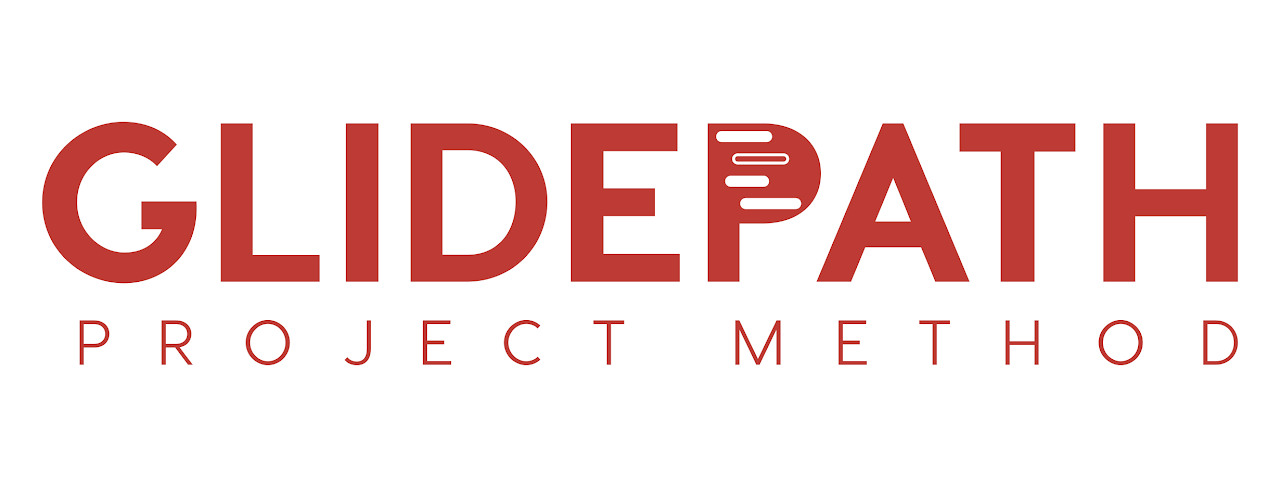
Purpose
Closing a Project defines the check point where the project has reached its objectives and the products have been accepted. While a Project Manager does all the activities and prepares the project for closure, the authority to close a project rests with the Project Board.
The process checks for the following –
- User acceptance of the products delivered.
- Comparing the project performance with the baselined documents.
- Ensuring products can be supported even after closure of the project.
- Assess and address any pending issues or risks as well as the benefits realized with the baseline plan.
Closing a Project process is the last part of the last stage of the project. A project is closed when –
- The original objectives have been met.
- Ownership of the products has been transferred to the customer.
- All unachieved objectives are identified so that they can be addressed in the future.
- No further cost or resources are allocated to this project.
- The Project Board has the requisite documents to authorize project closure.
Process flow
The activities covered under this process are –
- Planned closure: this includes completion and acceptance of the products.
- Premature closure: done on special request by the Project Board.
- Handover of products: the process is complete when all the steps in the Change Control Approach document are completed.
- Evaluating the project: writing the End Project Report.
- Release Delivery Team: the resources are released and are no more required to be available for the project.
- Recommending project closure: a formal notification is sent to the Project Board to close the project.
Inputs
- Output documents from Controlling Stage
- Stage Plan
- Benefits Review Plan
- Lessons Log
- Product Status Account
Key Deliverables
- Lessons Report; significant lessons, project review and measurements review
- Configuration Item Records; item type, item attributes, version, identifier, stage and other details
- Benefits Management Approach; benefits measurements, baseline measures, timescale, financial forecast summary and performance review
- End Stage Reports; review of the business case, project objectives, stage objectives, team performance products, risks and forecasts
- Project Closure recommendation
